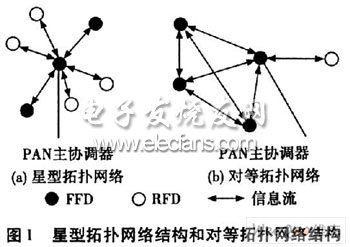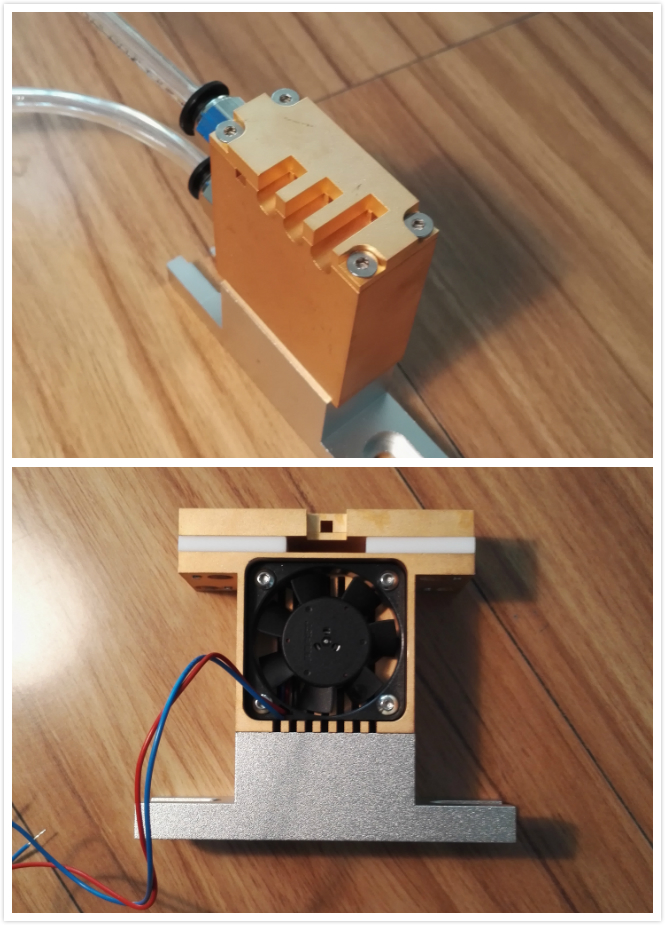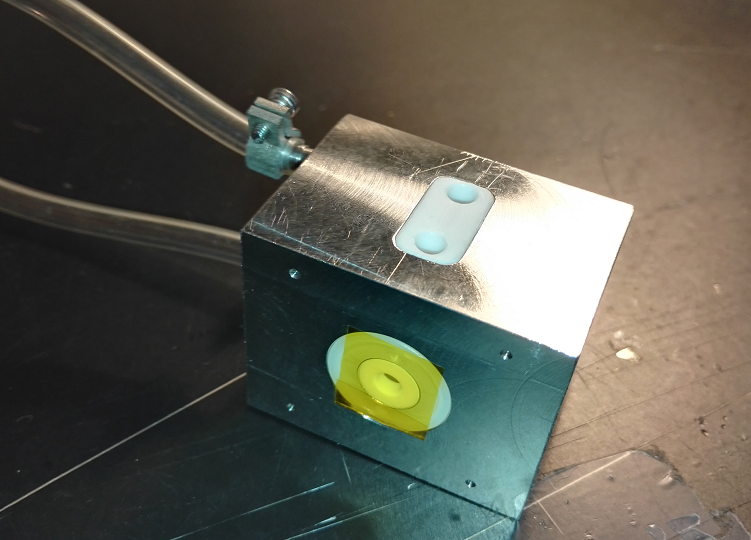Design of home wireless gateway based on Zigbee technology
introduction The gateway may be familiar to people who have used the Internet, such as a router connecting a personal computer and the Internet in a home or office. The gateway discussed here, its role is not to connect your personal computer to the Internet, but to connect the large and small household appliances in your home to your personal computer, and then you can go through the PC without going into your home. Control home gateways to get home appliance information and control them. Because it uses Zigbee wireless technology, it is also called a home wireless gateway. 1 Architecture and topology of Zigbee technology In Zigbee technology, its architecture is usually to quantify its various simplified standards through "layers", and each layer is responsible for completing its prescribed tasks and providing services to the upper layer. The architecture of Zigbee technology is mainly composed of physical (PHY) layer, media access control (MAC) layer, network / security layer and application framework layer from bottom to top. The Zigbee technology network has two kinds of topologies: star topology and peer-to-peer topology (as shown in Figure 1). Two types of devices are defined: full-function devices (FFD) and reduced-function devices (RFD). FFD is relatively complete in hardware function, and can communicate with all other FFD or RFD, and RFD can only communicate with the FFD associated with it. The FFD device associated with the RFD is called the "coordinator" of the RFD. In the entire network, there is an FFD that acts as a network coordinator. In addition to participating directly in the application, the network coordinator also needs to complete tasks such as membership management, link state information management, and packet forwarding. 2 Home gateway structure and its hardware and software components Combining the master-slave relationship of home gateways and home appliances in this subject, this paper uses a Zigbee network based on star topology. Because the Zigbee wireless gateway needs to forward the information based on the TCP protocol to other nodes in the Zigbee network, it must be an FFD device, and it must also manage some information of other nodes in the entire Zigbee network. . According to the requirements of the subject, the selected system hardware composition: using S3C4480 embedded development board, the development comes with 2M FLASH and 8M RAM. The network chip uses the RTL8019 10M network chip, and the Zigbee communication module uses TI's CC2420 chip (two pieces). The selected system software is composed of: uCOS-â…¡ + basic function Zigbee protocol stack + LWIP TCP / IP protocol stack. The basic function of the Zigbee wireless gateway is to convert the network based on the TCP protocol and the data based on the Zigbee protocol stack, so that the data based on commonly used Ethernet can be sent to the Zigbee network, or the data in the Zigbee network can be sent to the Ethernet. in. Turn on the Zigbee wireless gateway, and other RFD nodes communicate with it to join the wireless network. In this way, Zigbee wireless gateway can manage all nodes. There are two main protocol stacks involved here: Zigbee protocol stack and TCP / IP protocol stack. TCE / IP protocol stack Choose the LWIP protocol stack suitable for embedded applications here, which has good portability and open source code. Considering that there is currently no fully usable Zigbee protocol stack, a basic function Zigbee protocol stack is defined and implemented here. The basic structure is: (1) phy layer: This layer mainly implements operations related to specific Zigbee module hardware. (2) Mac layer: Based on the interface provided by the phy layer, the basic initialization of the Zigbee network is realized, the PAID is set, the IEEE 64-bit address is set, the communication channel is selected, and the function of receiving and sending Zigbee data packets is realized. (3) nwk layer: This part is used to obtain the received data from the mac, analyze the data, and perform a series of operations. According to the data sent, if it is the data of the application layer, the received data is passed up. If it is a network layer command, then perform specific operations. The network layer commands implemented are: a) The terminal node (RFD) requests to join the network: verify and assign an address to the joining terminal node. b) The terminal node (RFD) requests to leave the network: verify and delete the node from the node information list. c) The terminal node (RFD) successfully joined the network. d) The terminal node (RFD) successfully leaves the network. In addition, it includes FFD response commands for these requests. (4) App layer: This layer obtains data from the nwk layer and operates according to the data content, which is related to specific applications.
Coupletech Co., Ltd also supplies water cooled modules, air cooled modules and heat-sink system for high power laser. Usually we need to use all kinds of methods, e.g. water cooling, air cooling and heat sink to make the Laser Crystal, nonlinear crystal and Pockels Cell work normally within specified operating temperature range. Thus we need crystal mounts with water cooling, air cooling or heat sinking.
Narrow Aluminium Optical Rail,Narrow Aluminium Rail Carriers,Aluminium Optical Rails Coupletech Co., Ltd. , https://www.coupletech.com


